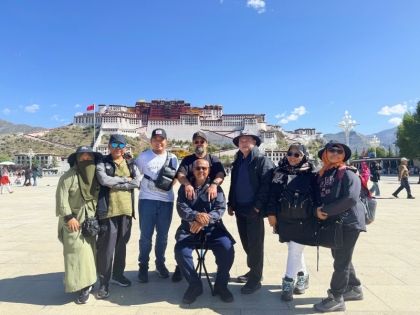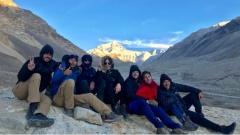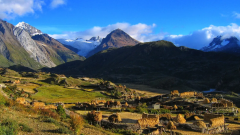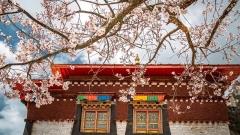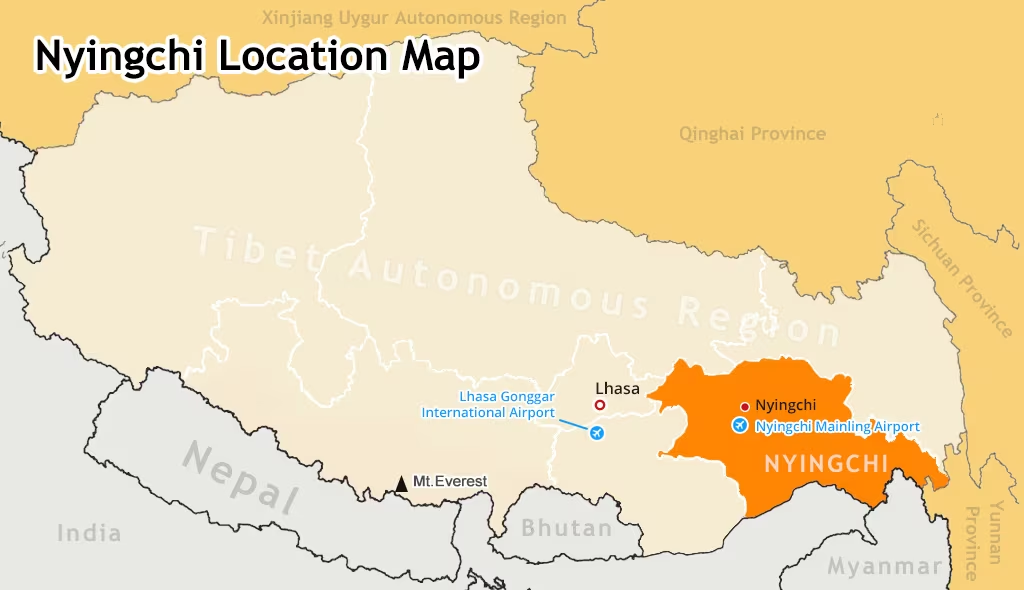The Potala Palace in Lhasa is one of Tibet’s most iconic landmarks — a dazzling white-and-red fortress rising above the city, with a history as deep as the mountains that surround it. Recognized as a UNESCO World Heritage Site, it’s not only an architectural masterpiece but also a living symbol of Tibetan culture and spirituality.
A Glimpse into History
The Potala Palace’s origins date back to the 7th century, when King Songtsen Gampo built the first structure on this site. However, the palace as we see it today was constructed in the 17th century under the Fifth Dalai Lama. For centuries, it served as the political and religious center of Tibet, as well as the winter residence of successive Dalai Lamas.
Throughout its history, the palace has witnessed royal ceremonies, political meetings, and spiritual rituals, making it a living museum of Tibetan heritage.
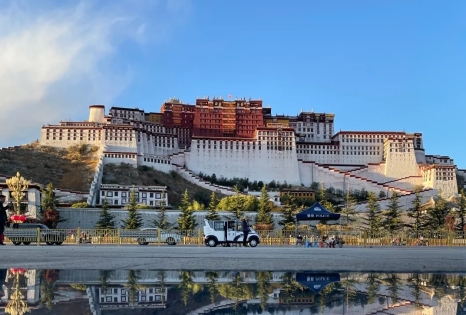
Potala Palace
Architectural Splendor
Perched at 3,700 meters above sea level, the Potala Palace is an extraordinary feat of engineering. Built into the Red Hill, it rises over 13 stories, with more than 1,000 rooms and countless stairways and corridors.
The structure is divided into two main parts:
-
The White Palace (Potrang Karpo) – Once used for administrative purposes and the living quarters of the Dalai Lamas.
-
The Red Palace (Potrang Marpo) – Dedicated to religious functions, with chapels, shrines, and stupas containing the remains of Dalai Lamas.
Inside, you’ll find intricate murals, gold-covered stupas, ancient scriptures, and thangkas (Tibetan paintings) that tell centuries of spiritual stories.

Potala Palace
Best Time to Visit
The ideal time to visit the Potala Palace is from April to October, when the weather in Lhasa is mild, skies are clear, and the surrounding mountains are free from heavy snow. Summer offers vibrant festivals, while autumn brings crisp air and fewer crowds.
Visiting Tips
-
Book Tickets in Advance – Entry is limited to protect the site. In high season, tickets may sell out days ahead.
-
Allow Time to Acclimatize – Lhasa’s high altitude can cause discomfort; rest for at least a day before your visit.
-
Follow the Route – Inside the palace, tourists must follow a fixed route, and photography is prohibited in most areas.
-
Dress Respectfully – Wear modest clothing as this is a sacred site.
-
Go Early – Morning visits offer softer light for photography and smaller crowds outside the palace.
Getting There
The Potala Palace is located in central Lhasa and is easily reachable on foot from most hotels in the city center. Taxis are also available, but many visitors choose to stroll through the surrounding Barkhor area before or after their visit.
Why It’s Worth the Journey
Visiting the Potala Palace is not just about seeing a beautiful building — it’s about stepping into the heart of Tibet’s history, faith, and identity. Whether you’re drawn by its striking architecture, rich cultural significance, or panoramic views over Lhasa, the experience is unforgettable.
